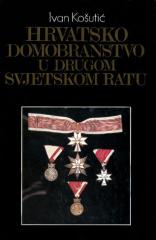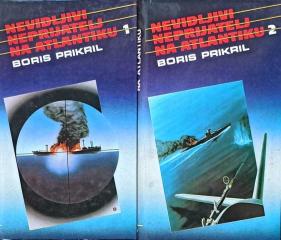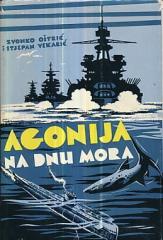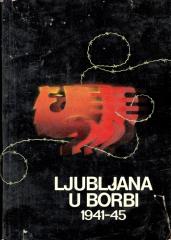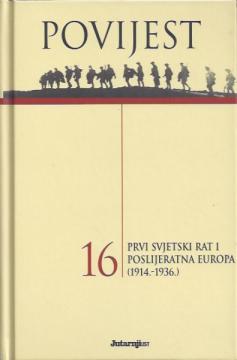
Povijest #16: Prvi svjetski rat i poslijeratna Europa (1914.-1936.)
Šesnaesti svezak obrađuje razdoblje od 1914. do 1936., obilježeno Prvim svjetskim ratom i njegovim posljedicama. Knjiga je bogato ilustrirana, pružajući cjelovit prikaz rata, njegovih posljedica i uzroka koji vode prema Drugom svjetskom ratu.
Rat (1914.–1918.), izazvan atentatom na Franza Ferdinanda, uključuje globalne sile u sukobu rovova, uz ogromne gubitke. Savezi (Antanta i Centralne sile) bore se do pobjede Antante, a Versajski ugovor (1919.) nameće oštre uvjete Njemačkoj, potičući buduće napetosti.
Poslijeratna Europa suočava se s političkom i gospodarskom nestabilnošću. Nastaju nove države (Jugoslavija, Čehoslovačka), dok se raspadaju carstva (Austro-Ugarska, Osmansko). Ruska revolucija (1917.) dovodi do uspostave boljševičke vlasti i SSSR-a. Gospodarska kriza 1929. pogoršava uvjete, potičući nezaposlenost i politički ekstremizam. Fašizam u Italiji (Mussolini) i nacizam u Njemačkoj (Hitler) jačaju, dok Španjolski građanski rat (1936.) najavljuje nove sukobe.
Kulturno, razdoblje donosi modernizam u umjetnosti (Picasso, Kafka) i znanstveni napredak (Einstein). U hrvatskom kontekstu, ističe se stvaranje Kraljevine SHS (1918.), kasnije Jugoslavije, te napetosti između centralizacije i hrvatskih težnji za autonomijom.
Two copies are available
